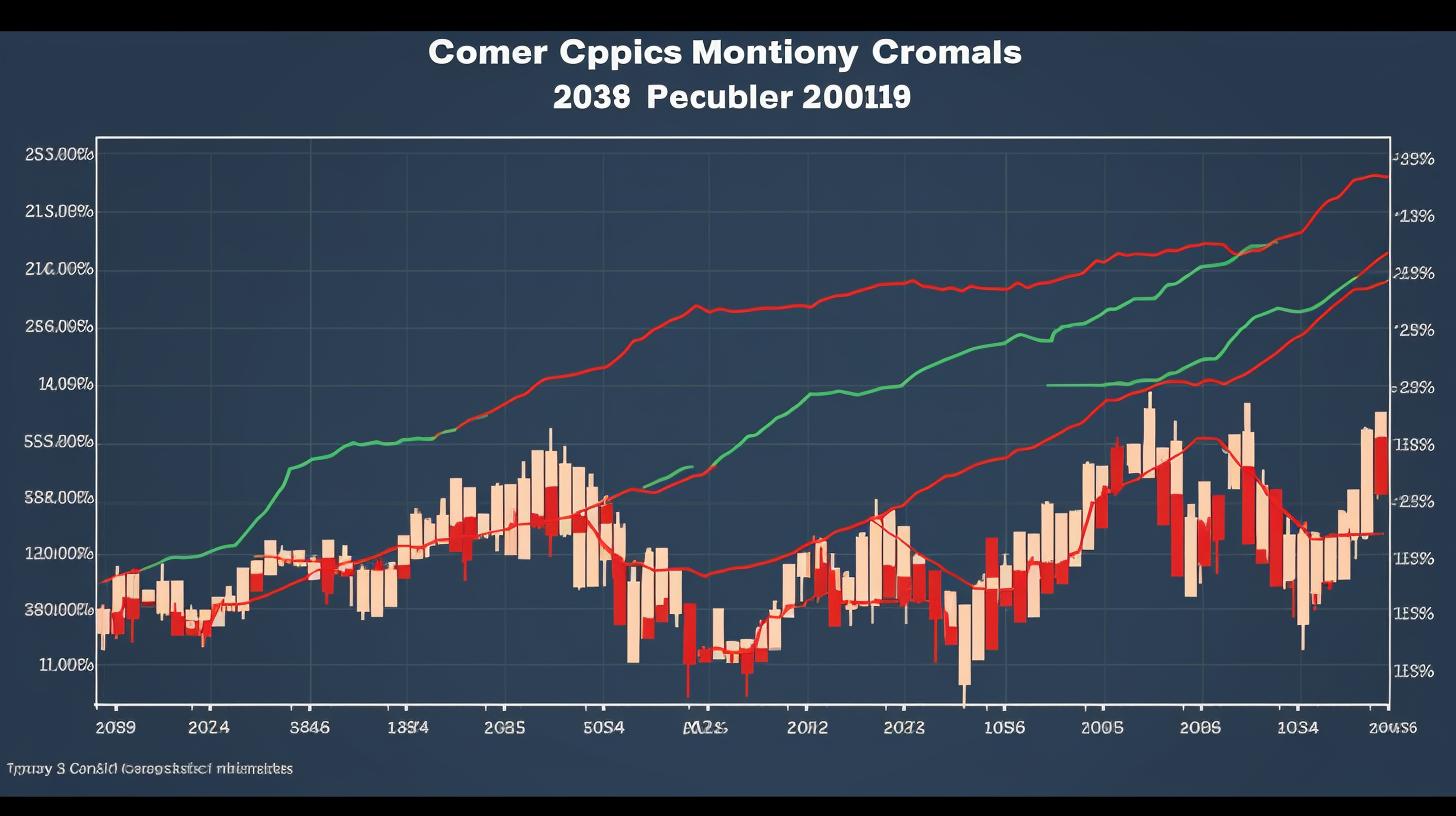The Future of Decentralized Finance (DeFi): Trends and Innovations
Exploring the Evolution of Decentralized Finance (DeFi)
Decentralized Finance, or DeFi, has emerged as a groundbreaking concept that aims to revolutionize the traditional financial system. It leverages blockchain technology to create decentralized applications (dApps) that provide financial services without the need for intermediaries like banks or brokers. Since its inception, DeFi has experienced rapid growth, with the total value locked in DeFi protocols reaching billions of dollars. This has opened up new opportunities for individuals to access financial services, such as lending, borrowing, and trading, in a more efficient and transparent manner.
Unveiling the Top Trends Shaping the Future of DeFi
As DeFi continues to gain traction, several trends are emerging that are shaping its future. One of these trends is the rise of decentralized exchanges (DEXs), which enable users to trade cryptocurrencies directly from their wallets. These DEXs are not only more secure but also offer greater liquidity and lower fees compared to traditional centralized exchanges. Another trend is the development of interoperability protocols that allow different blockchain networks to communicate with each other. This opens up possibilities for cross-chain interactions and the seamless transfer of assets between different protocols.
A Closer Look at the Groundbreaking Innovations in DeFi
DeFi has also witnessed several groundbreaking innovations that are pushing the boundaries of what is possible in the financial sector. One such innovation is the concept of decentralized lending and borrowing, where users can lend their digital assets and earn interest or borrow assets by collateralizing their existing holdings. This eliminates the need for traditional banks and credit intermediaries, making lending and borrowing more accessible to a wider range of individuals. Another innovation is the concept of decentralized stablecoins, which are cryptocurrencies that are pegged to a stable asset like the US dollar. These stablecoins provide stability in a volatile market and enable users to transact and store value without the need for traditional fiat currencies.
The Rising Influence of Decentralized Applications (dApps)
Decentralized applications (dApps) are at the heart of the DeFi ecosystem, enabling users to access and interact with various financial services. These dApps are built on blockchain networks and operate without the need for intermediaries. They are open-source, transparent, and autonomous, providing users with full control over their assets and transactions. As the number of dApps continues to grow, we can expect to see a wide range of innovative financial products and services being offered to users, further expanding the adoption and impact of DeFi.
Assessing the Potential Impact of DeFi on Traditional Financial Systems
The rise of DeFi has the potential to disrupt and reshape the traditional financial system in several ways. Firstly, it can provide financial services to the unbanked and underbanked populations, who currently lack access to basic banking services. By leveraging blockchain technology, DeFi can offer these individuals a more inclusive and affordable way to save, borrow, and invest. Secondly, DeFi can reduce the reliance on centralized intermediaries and eliminate the need for costly and time-consuming processes like KYC and AML checks. This can streamline financial transactions and make them more efficient. Finally, DeFi can enable peer-to-peer transactions on a global scale, removing the need for cross-border intermediaries and reducing transaction costs for international remittances.
In conclusion, the future of DeFi looks promising, with numerous trends and innovations driving its growth. From decentralized exchanges to groundbreaking concepts like decentralized lending and borrowing, DeFi is revolutionizing the financial landscape. As decentralized applications (dApps) continue to proliferate, we can expect to see a wider range of financial services being offered to users. The potential impact of DeFi on traditional financial systems is significant, as it has the potential to provide financial inclusion, streamline processes, and reduce costs. As we move forward, it will be interesting to see how DeFi transforms the way we think about and interact with money.













